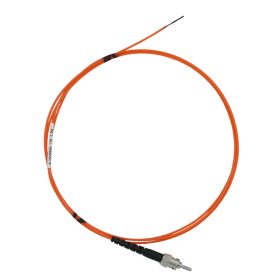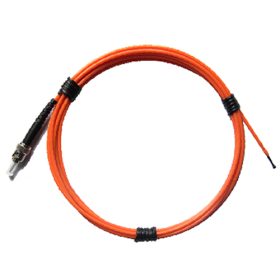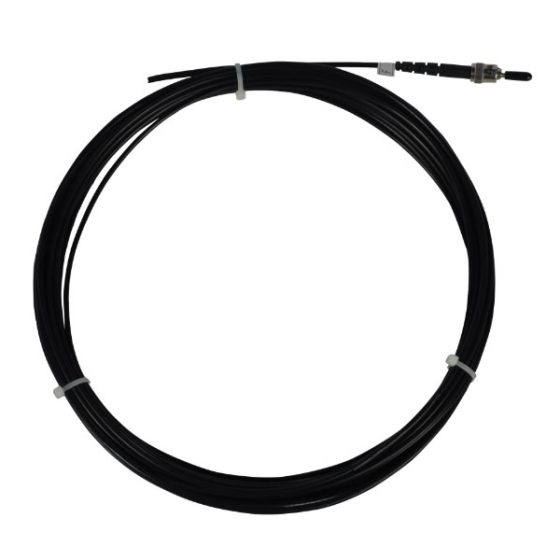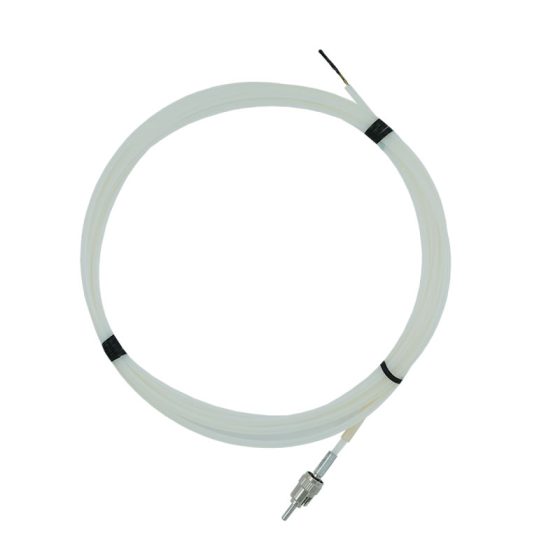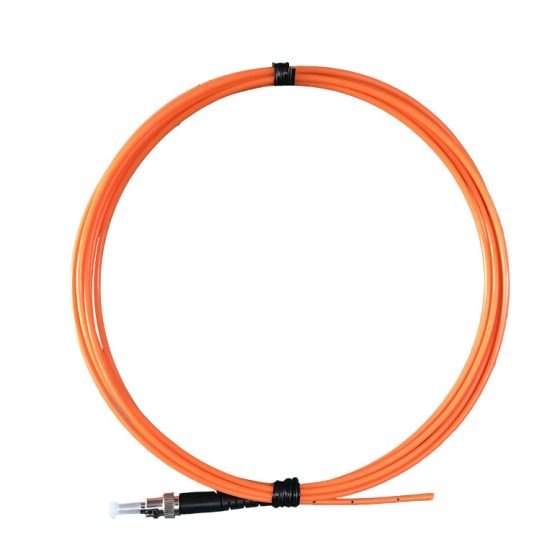The length, 准确性, 温度测量范围, fiber diameter, and sheath material of fiber optic temperature sensors can be customized according to your needs. Please contact us for consultation!
Fluorescent fiber optic temperature sensing probes have many advantages that other temperature sensing probes cannot compare to, such as good electrical insulation, resistance to electromagnetic interference, chemical corrosion, and no pollution. This makes fluorescent sensing probes not only used in many fields such as biology and medicine, but also have broad application prospects in the power industry. They are mainly used for temperature measurement of high-voltage instruments in electrical equipment, temperature measurement between generator diagnostic systems and transformer windings, temperature measurement of high-voltage circuit breaker contacts, and temperature measurement of high-voltage cable joints.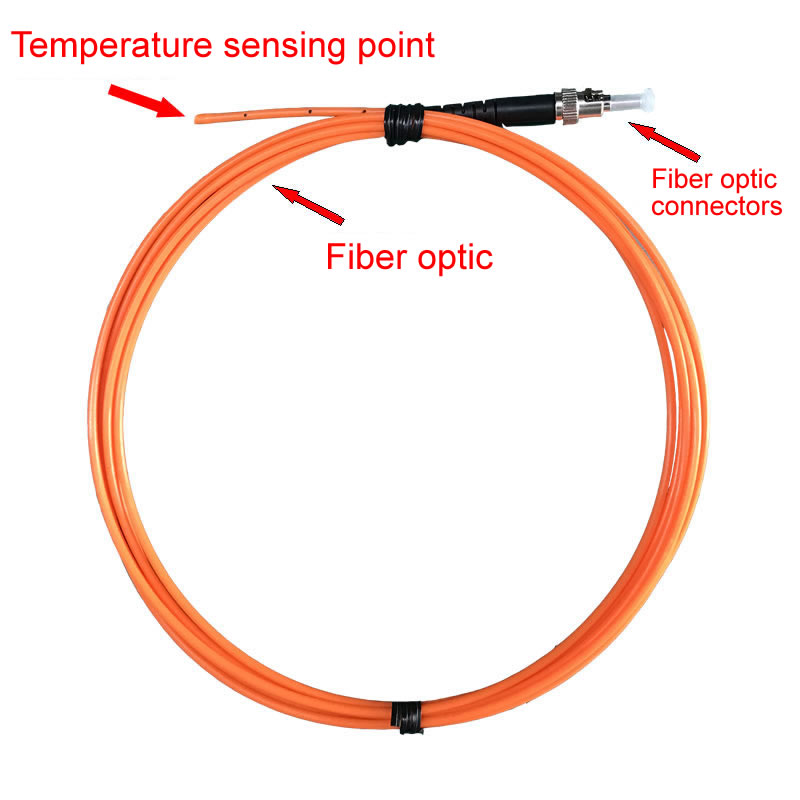
Introduction to Fluorescent Fiber Optic Sensing Probes
光纤探头由三部分组成: ST连接器, 光缆, 和端温度传感端. ST连接器是与光电模块的连接部分; 光缆是传输部分, 内部有石英纤维. 石英纤维的外部有涂层和包层, 和最外层的特氟龙保护套; 端温传感端包含测温稀土材料, 用于生成包含温度信息的光信号; 光纤耐高温 200 °C,外径为3mm. 长期弯曲半径为13.2cm. 短时弯曲半径为4.4cm. 当光纤引线与地面之间的距离为0.4m时, 可承受100KV的工频电压,持续时间为100KV 5 纪要.

The Temperature Measurement Principle of Fluorescent Fiber Optic Temperature Sensor
荧光光纤温度传感器由多模光纤和荧光物体组成 (膜) 安装在其顶部. 荧光物质在受到一定波长的光刺激时会发出荧光能量 (受激光谱). 奖励撤销后, 荧光余辉的持久性取决于荧光物质的特性和环境温度等因素. 这种激发的荧光通常呈指数衰减, 衰减时间常数称为荧光寿命或荧光余辉时间. 荧光余辉的衰减在不同的环境温度下会有所不同. 因此, 通过测量荧光余辉的寿命, 可以确定当时的环境温度.

 INNO光纤温度传感器 ,温度监测系统.
INNO光纤温度传感器 ,温度监测系统.


